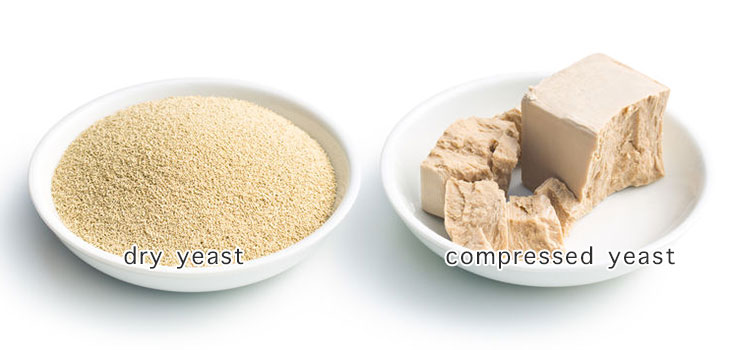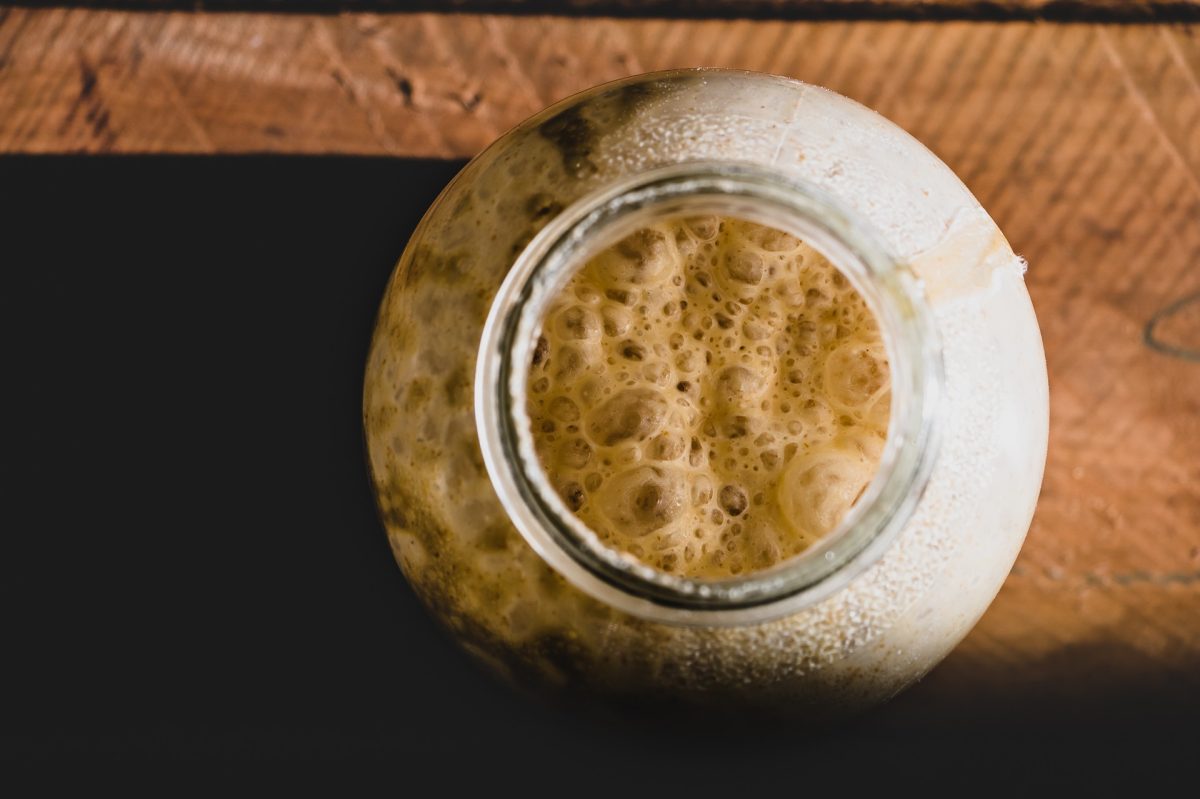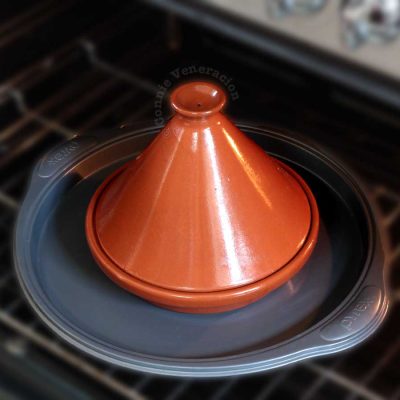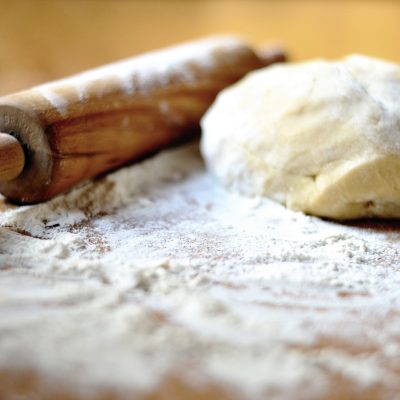This is about baker’s yeast — the stuff that makes bread dough expand and become lighter and softer.
You may have come across bread recipes with instructions to sprinkle yeast over lukewarm water and leaving it there until the mixture is bubbly. Is that always necessary? Yes, BUT ONLY if using dry yeast.
Kinds of yeast
In the most simple terms, there are two kinds of baker’s yeast: fresh and dried.

Fresh yeastis either wet (cream yeast) or compressed. I won’t bother with wet yeast since it’s not really sold for home use. Compressed yeast is wet yeast with most of the liquid removed. It is sold in blocks. We don’t use compressed yeast at home because it is highly perishable and we don’t bake bread all that often.
Dry yeastis sold as eitheractive dryyeast orinstantyeast. The granules of instant yeast are smaller than those of active dry yeast. There is alsorapid dryyeast but we don’t use that at home.
Dry yeast is what most home bakers use as it is the kind available in groceries and supermarkets. The obvious question, of course, is whether active dry yeast and instant yeast can be used interchangeably. The short answer is yes. The long answer is yes BUT preparation differs.
Rehydrating dry yeast
Active dry yeast is sprinkled in lukewarm water, left until bubbly (also known as leaving it to bloom) and only then can flour be mixed in. And remember — it’s lukwarm water. If the water is too cold, the yeast mixture will not turn bubbly. If the water is too hot, you kill the yeast and it becomes unusable.
Instant yeast does not require rehydration. You can measure it and add it directly to flour and water to make a dough. However, if you’re working with a very dry dough (meaning the recipe calls for a very small amount of liquid), it might be a better idea to first allow instant yeast to bloom in lukewarm water.
Storing dry yeast at home
The best practice is, once the packet is opened, transfer the yeast to an air-tight jar and keep the yeast in the refrigerator where it will last for a couple of months. Some say that keeping dry yeast in the freezer prolongs it life for up to a year, but that’s not something we’ve tried.




